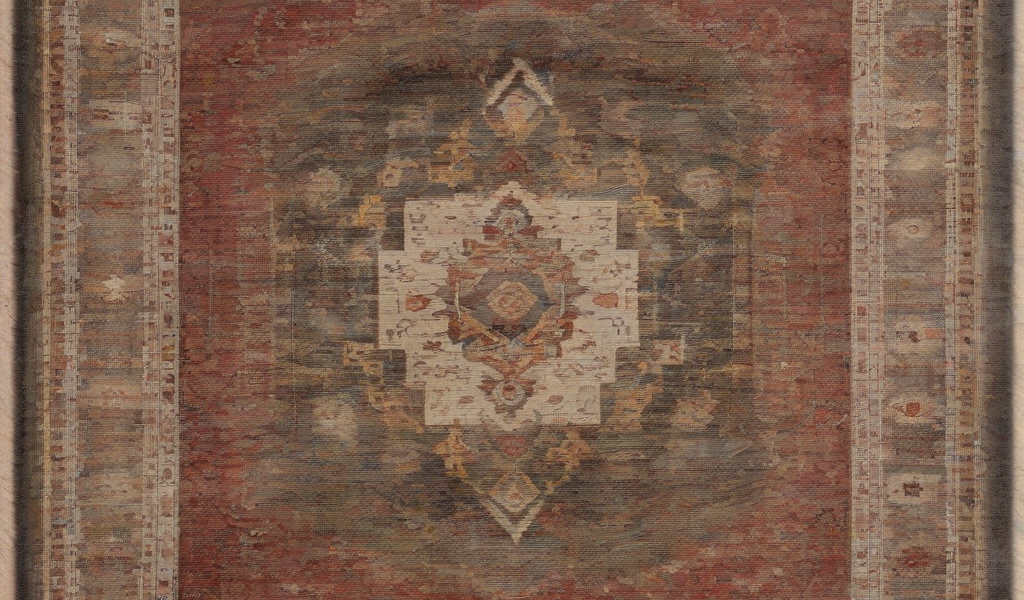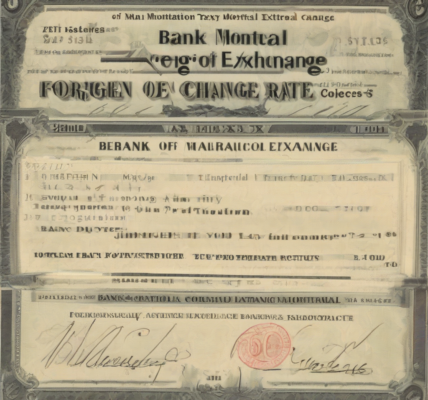Your Ultimate Guide to Carpet Exchange in Cheyenne, Wyoming
Finding the perfect carpet can transform your Cheyenne home. But what happens when your existing carpet is worn, stained, or simply outdated? This comprehensive guide explores the world of carpet exchange in Cheyenne, Wyoming, covering everything from finding reputable dealers to understanding the exchange process and making informed decisions about your new flooring.
Understanding Carpet Exchange: More Than Just a Swap
The term “carpet exchange” often encompasses more than a simple one-for-one swap. It frequently involves a trade-in of your old carpet towards the purchase of new carpet. This can significantly reduce the overall cost, making a flooring upgrade more accessible. However, the value of your trade-in will depend on several factors, including:
- Carpet Condition: The condition of your existing carpet is paramount. Significant damage, heavy wear, or persistent stains will drastically reduce its trade-in value. A well-maintained carpet in good condition will command a higher value.
- Carpet Type: Different carpet types have varying resale values. Higher-quality carpets with durable fibers often fetch better trade-in prices than cheaper, lower-quality options.
- Carpet Age: Older carpets generally have less trade-in value than newer ones. Carpet technology and styles constantly evolve, impacting the desirability of older carpets.
- Dealer Policies: Each carpet dealer in Cheyenne will have its own policies regarding carpet exchange and trade-in values. It’s crucial to compare offers from multiple dealers before making a decision.
Finding Reputable Carpet Dealers in Cheyenne, Wyoming
Cheyenne offers several flooring retailers specializing in carpet sales and exchange. When choosing a dealer, consider the following:
- Reputation and Reviews: Check online reviews on sites like Google, Yelp, and the Better Business Bureau to gauge customer satisfaction and identify potential red flags.
- Selection and Variety: A reputable dealer should offer a wide selection of carpets in various styles, colors, textures, and materials to cater to diverse preferences and budgets.
- Professionalism and Customer Service: A positive customer experience is vital. Look for dealers known for their responsiveness, helpfulness, and willingness to answer questions.
- Installation Services: Many dealers offer professional carpet installation services. This can simplify the process and ensure a proper, long-lasting installation.
- Warranty and Guarantees: Inquire about warranties on both the carpet itself and the installation work. This protects you in case of defects or issues.
- Financing Options: Some dealers may offer financing options to help spread the cost of your new carpet over time.
The Carpet Exchange Process: A Step-by-Step Guide
The specific process of exchanging your carpet can vary depending on the dealer. However, it typically involves these steps:
- Contacting Dealers: Start by contacting several carpet dealers in Cheyenne to inquire about their carpet exchange programs and obtain quotes. Be prepared to discuss the size of your space and the condition of your existing carpet.
- In-Home Consultation (Optional): Some dealers offer in-home consultations to assess your carpet and discuss your needs and preferences. This can be a helpful way to visualize different carpet options in your home’s setting.
- Carpet Selection: Once you’ve received quotes and assessed your options, choose the carpet that best suits your needs, budget, and style. Consider factors such as durability, stain resistance, and maintenance requirements.
- Trade-in Valuation: The dealer will assess the value of your old carpet. This valuation will be considered when determining the final price of your new carpet.
- Scheduling Installation: After selecting your new carpet, schedule the removal of your old carpet and installation of the new carpet. Discuss the timing and any potential disruptions to your daily routine.
- Installation and Final Payment: On the scheduled day, the dealer’s team will remove the old carpet and install the new one. Once the installation is complete, you’ll likely make the final payment, accounting for the trade-in value.
Factors to Consider When Exchanging Your Carpet
Before diving into the carpet exchange process, consider these essential factors:
- Budget: Determine how much you’re willing to spend on your new carpet, factoring in the cost of the new carpet and any associated costs like removal, installation, and padding.
- Lifestyle and Needs: Consider your lifestyle and the needs of your household. If you have children or pets, choose a durable and stain-resistant carpet. If you have allergies, look for hypoallergenic options.
- Carpet Materials: Different carpet materials offer varying levels of durability, softness, and maintenance requirements. Research different materials like nylon, polyester, wool, and olefin to find the best fit for your needs.
- Carpet Style and Color: Choose a carpet style and color that complements your home’s décor and personal style. Consider the overall ambiance you want to create in each room.
- Underlayment or Padding: Don’t overlook the importance of underlayment or padding. This adds comfort, insulation, and can extend the life of your new carpet.
Preparing for Carpet Exchange: Tips for a Smooth Transition
To ensure a smooth carpet exchange, take these steps:
- Clear the Area: Before the installation team arrives, clear the room of furniture and other items to allow for easy access and efficient installation.
- Protect Your Belongings: Cover any remaining furniture or items that cannot be removed with protective covers to prevent damage.
- Communicate with the Installer: Clearly communicate your expectations and any specific concerns you may have to the installation team.
- Inspect the Work: After installation, carefully inspect the work to ensure everything is done properly and to your satisfaction.
Beyond the Exchange: Carpet Maintenance and Care
Regular carpet maintenance is crucial to extending the life of your new carpet. Here are some helpful tips:
- Regular Vacuuming: Vacuum your carpets regularly, at least once or twice a week, to remove dirt, dust, and debris.
- Spot Cleaning: Address spills and stains promptly to prevent them from setting in. Use appropriate cleaning solutions based on the carpet material.
- Professional Cleaning: Consider professional carpet cleaning every 12-18 months to remove deeply embedded dirt and allergens.
- Protect from Sunlight: Excessive sunlight can fade the color of your carpet. Use curtains or blinds to protect your carpets from direct sunlight.
Making the Right Choice: Weighing the Pros and Cons of Carpet Exchange
Carpet exchange offers several advantages, such as reducing the overall cost of new carpeting and providing a convenient way to upgrade your flooring. However, there are also some potential drawbacks to consider:
Pros:
- Cost Savings: Trading in your old carpet can significantly reduce the cost of new carpet.
- Convenient Upgrade: It’s a simpler and often faster process than completely replacing your carpet from scratch.
- Environmental Friendliness: Recycling or reusing old carpets reduces waste.
Cons:
- Limited Trade-in Value: The trade-in value of your old carpet may be lower than expected, especially if it’s damaged or old.
- Dependence on Dealer Policies: The availability and terms of carpet exchange programs vary significantly between dealers.
- Potential for Hidden Costs: Be sure to fully understand all costs involved, including removal, installation, and any potential disposal fees.



